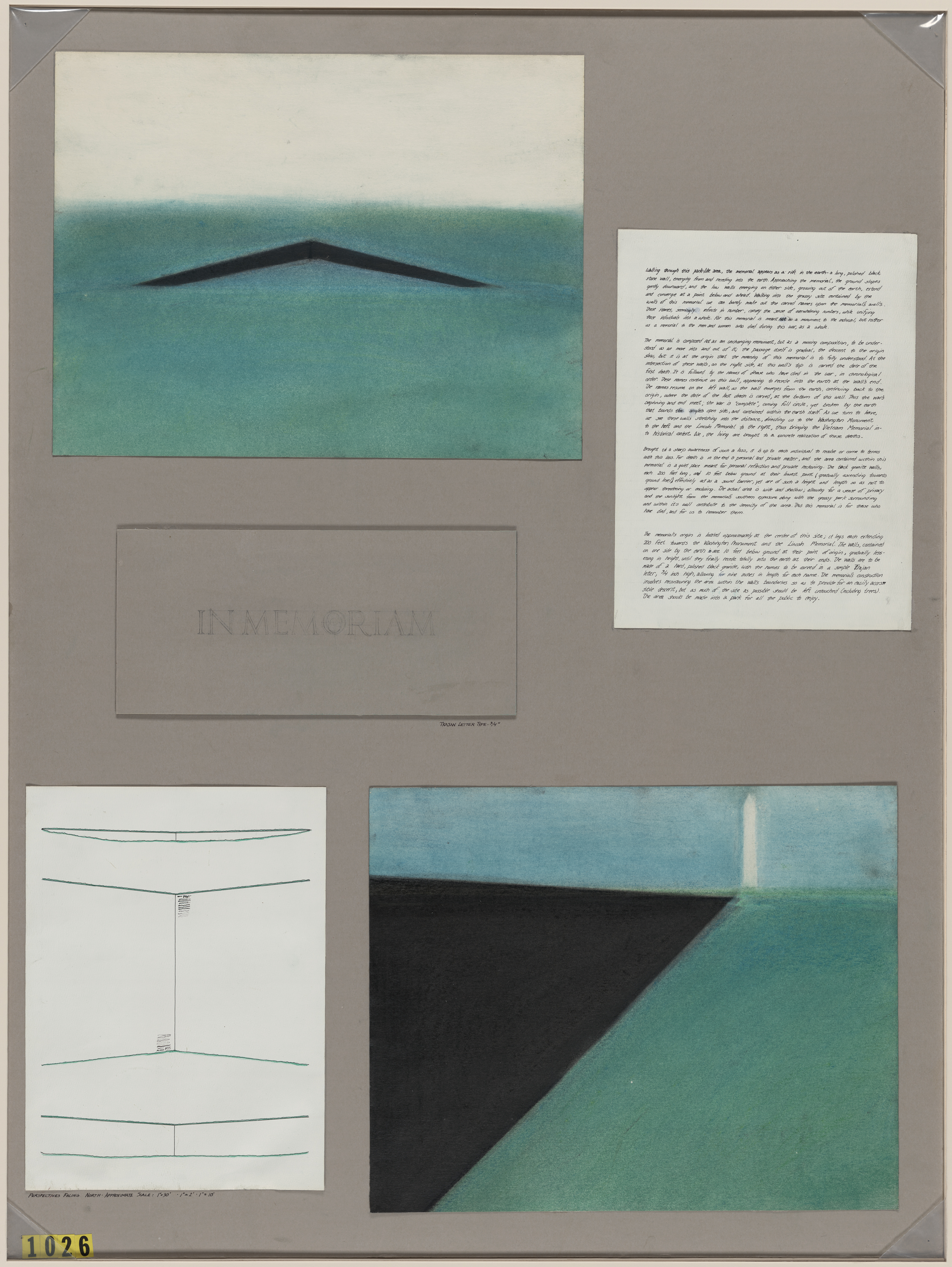Having spent my weekend with a 2” sash brush, I turned to my husband this morning and asked, “Now do I get a day off?” He reminded me that it’s a holiday.
Martin Luther King, Jr. deserves better than the national memorial we’ve created for him. It is simply terrible, the worst of art-by-committee.
Its master sculptor, Lei Yixin, is a communist-trained public artist from the People’s Republic of China. He has sculpted some 150 public monuments, including multiple statues of Mao Zedong. If you’ve never seen his other work, join the club. Lei hasn’t got an online persona as would a western sculptor. He churns out politi-prop and decorative art, a state-sponsored artist of no particular distinction.
Lei’s sculpture of King is not a portrait in the western sense. Compare it to Daniel Chester French’s Abraham Lincoln in the Lincoln Memorial. French was one of most acclaimed of 19th-century American sculptors. His work is across America, including the Minute Man at Concord. He was immersed in American hagiography, and it shows.
Lei’s is a colossus in the totalitarian sense, similar to busts of Lenin, Saddam Hussein and Chairman Mao. These have a long history, including the many colossi erected by various Roman emperors. They are an emblem of power and control.

“Bound slave (Atlas), 1530–34, Michelangelo
Lei’s idea of King emerging from stone came from western artistic practice. In this case, the source is non-finito sculpture, practiced from Michelangelo to the present time. Michelangelo’s slaves have been interpreted in many ways, but they’re clearly emblematic of a struggle to freedom. For Auguste Rodin, the unfinished marble was more complex, as shown in his 1895 “La Pensée.” But for Lei, it’s simply a paralyzing device.
Why did we pay China millions of dollars, hire a Chinese artist to create an icon to an American freedom fighter, and import granite from China when all of Maine is made of the stuff? In part, it’s because the Chinese government kicked back $25 million to make it possible. In part, this is what you get when art is done by committee.
While still an undergraduate, sculptor Maya Lin won a public design competition for the Vietnam Veterans Memorial, beating 1,441 other competition submissions. Lin’s idea was simple: a wound in the earth that represented the loss of the soldiers. Her work was controversial at the time, but for different reasons—none of us had ever seen anything like it.
Lin believes that had the competition not been open and blind, she never would have won. Her ethnicity, her age, her gender, and her lack of experience all told against her. Her experience is a powerful argument for jurying.
In contrast, Lei’s work was chosen by three guys on a committee. In 2006, Public Art St. Paul held a sculpture competition and symposium similar to the Schoodic Sculpture Symposium held here in Maine. Lei was one of the participants. (His hometown, Changsha, Hunan, is one of St. Paul’s Sister Cities.)
“They [the committee members] knew that a 30-foot sculpture of Dr. King was going to be the centerpiece of the memorial, and they’d been looking for several years for a sculptor who could work on that scale. And they had despaired,” Christine Podas-Larson, president of Public Art St. Paul told media.
“But when they saw publicity about how we had all these sculptors from around the world in St. Paul, they hopped on a plane,” she continued. “They knew they were going to find their sculptor. They didn’t know which one, but they knew they’d find their artist.”
For our next generation’s sculptors, shut out of the process before it even started, that hurts. For King’s legacy, that hurts too.






